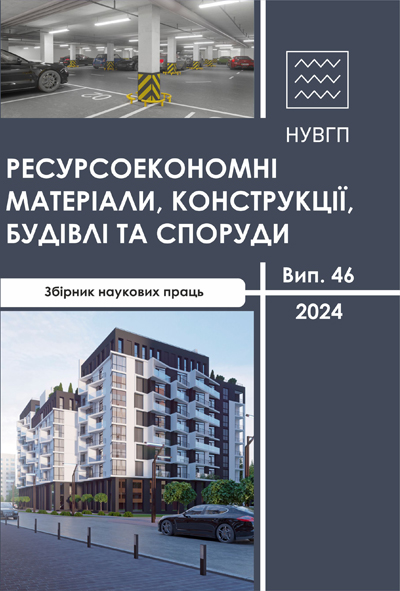FLAME RETARDANT AND -WEAKENING IMPREGNATION AND INTUMESCENT COATINGS
DOI:
https://doi.org/10.31713/budres.v0i46.03Abstract
The studies show the prospects of developing highly flammable transparent and translucent boron-containing impregnating mixtures with an intumescent effect for fire protection of wood. The inclusion of acrylic dispersion and intumescent additives in such compositions helps to increase weather resistance (resistance to salt leaching from the surface and surface layers from the wood structure) and increase the time to reach the maximum temperature. Intumescent coatings on polymer bases, according to the standard, we already classified as highly combustible and flammable. At thicknesses of 0.5-0.8 mm, the mass loss of samples after fire exposure does not exceed 3%, and the coefficient of swelling is in the range of 8-12. Considering the densities of the considered intumescent coatings are 10 times, lower than that of lead, their absorption coefficient will be lower, respectively, by 1.54-2.14 times. This pattern is also characteristic of the values of the linear attenuation coefficient, which is 2.26-3.05 times lower than the value g for lead. The polyurethane-based intumescent coating is more preferable, since the values of a and g are 1.29-1.35 times higher than those of the acrylic-based coating are. Such a difference in the values of a and g is due to chemical differences in the structures of polymers, their molecular weights and spatial chains because of polymerisation. The developed formulations of impregnating agents they used for fire protection of both external and internal surfaces of wood products. Intumescent coatings with the effect of g attenuation we be applied to the lamellas of window and door shutters in case of a radiation threat.

